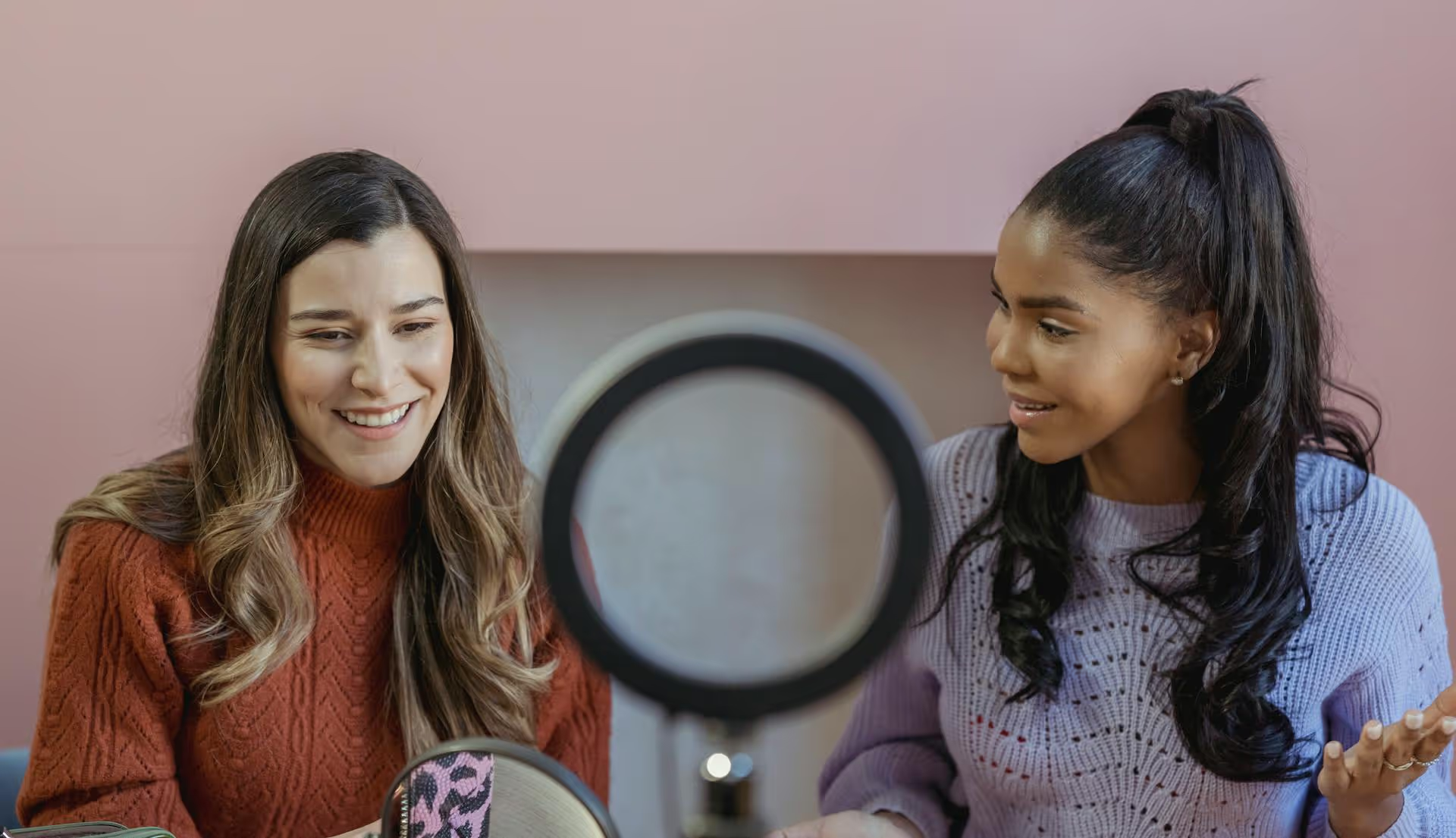How to Add Social Media Icons to an Email Signature
Enhance your email signature by adding social media icons. Discover step-by-step instructions to turn every email into a powerful marketing tool.

Ever find the perfect song for your Instagram Reel or Story, only to search for it in the music library and come up empty? You’re not alone. While Instagram’s library is massive, it doesn’t have everything. This guide will walk you through exactly how to add any song to your Instagram content, even if it's not in the official library.
Before jumping into the "how," it helps to understand the "why." Instagram's music library is built on complex and expensive licensing agreements with record labels and publishers. If Instagram doesn't have a deal with the label that owns a particular song, that track simply won't be available. This is why you'll often find that many indie artists, niche genres, unofficial remixes, or brand-new tracks haven't made it into the library yet.
Another common reason involves your account type. Have you noticed your music options shrink after switching to a Business Account?
Frustrating, right? The good news is there’s a reliable workaround that gives you complete creative control, no matter what kind of account you have.
The most effective and highest-quality way to use a song that’s not on Instagram is to add it to your video before you ever open the Instagram app. By using a separate video editing app, you can "bake" the audio directly into your video file. When you upload it, Instagram sees it as a single file with "Original Audio," giving you an easy path around the music library's limitations.
This approach gives you total control over which part of the song you use, the volume mix, and the timing. Here’s how to do it using popular (and often free) mobile video editing apps.
Apps like CapCut and InShot are favorites among content creators because they're powerful, intuitive, and available on both iOS and Android. For this example, let's walk through the process with CapCut, though the steps are very similar across most editing apps.
First, you need the song file on your phone. You must own the music or have the rights to use it. This could be a song you purchased, a royalty-free track you downloaded, or your own original music. You can't just rip a song from a streaming service like Spotify - you need the actual audio file (like an MP3 or WAV).
Once you have the audio file on your device:
If you produce content with higher production value, you might already edit your videos on a computer using software like Adobe Premiere Pro, Final Cut Pro, or the free and incredibly powerful DaVinci Resolve. The process is philosophically the same as with a mobile app, just with more advanced tools.
Just because you can technically add any song to your video doesn't mean you're on the right side of copyright law. Instagram and its parent company, Meta, take this very seriously.
When you upload a video with commercial music that you don't have a license for (even if you added it yourself), Instagram's content ID system may still detect it. If it recognizes a popular copyrighted song, a few things could happen:
To stay on the safe side while still having amazing audio, consider these options:
If you're in a pinch and don't want to use an external editor, there's another "hacky" method you can try. It won't give you high-quality audio, but it works for quick, casual Stories or Reels.
The Catch: The obvious downside is audio quality. The music will sound distant, may have echo, and will pick up any other background noises in your environment. This method is also still subject to Instagram's copyright-detection algorithm, so it's not a foolproof way to avoid potential issues.
While Instagram's built-in music library is convenient, it's far from complete. The best and most professional way to add a song that isn’t on Instagram is to edit your video in an external app like CapCut or InShot, embedding the audio directly into the video file before uploading. This gives you full creative control, though you should always be mindful of copyright laws to protect your content and your account.
Bringing high-quality video to life with the perfect custom soundtrack takes effort. We’ve managed social accounts for years and know how clunky, outdated tools can get in the way of creating great content, especially when juggling Reels, TikToks, and Shorts. That’s why we built Postbase from the ground up to be video-first, helping you breeze through scheduling your best video content across every platform without the hassle, so you can focus on creativity, not complexity.
Enhance your email signature by adding social media icons. Discover step-by-step instructions to turn every email into a powerful marketing tool.
Learn how to add your Etsy link to Pinterest and drive traffic to your shop. Discover strategies to create converting pins and turn browsers into customers.
Grant access to your Facebook Business Manager securely. Follow our step-by-step guide to add users and assign permissions without sharing your password.
Record clear audio for Instagram Reels with this guide. Learn actionable steps to create professional-sounding audio, using just your phone or upgraded gear.
Add translations to Instagram posts and connect globally. Learn manual techniques and discover Instagram's automatic translation features in this guide.
Optimize your Facebook Business Page for growth and sales with strategic tweaks. Learn to engage your community, create captivating content, and refine strategies.
Wrestling with social media? It doesn’t have to be this hard. Plan your content, schedule posts, respond to comments, and analyze performance — all in one simple, easy-to-use tool.